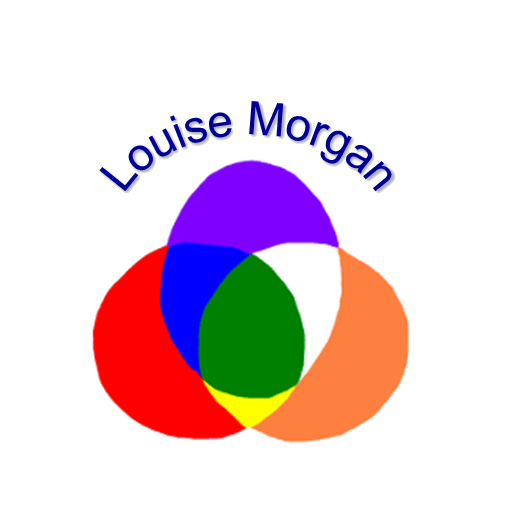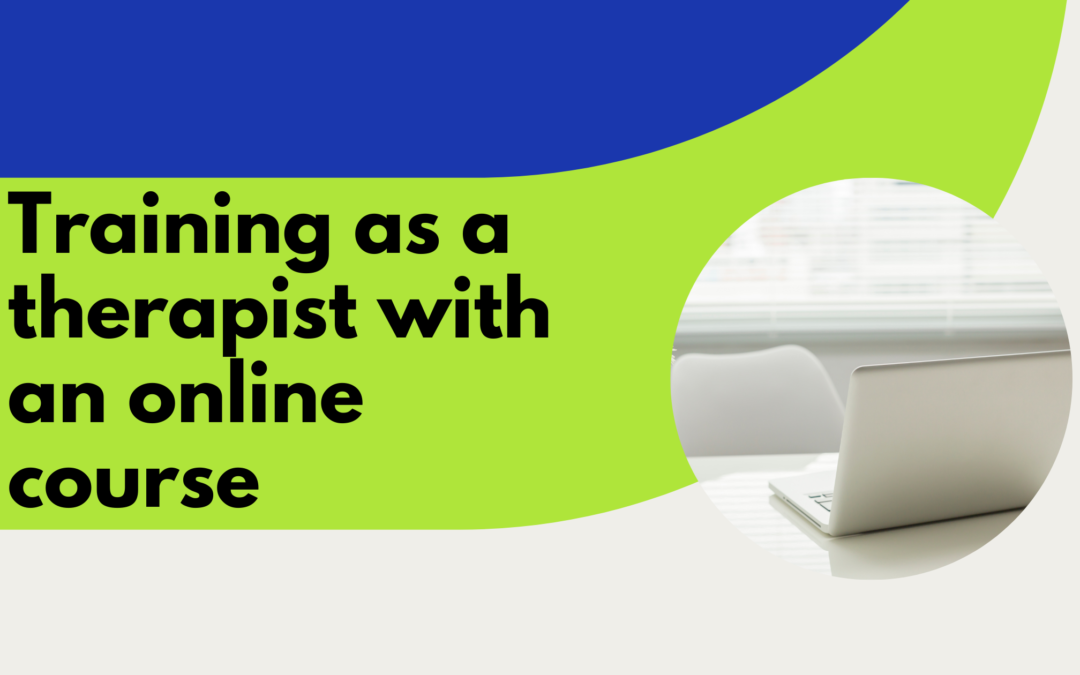During lockdown, I decided to take an online course in sports massage. Now, before you get excited, it wasn’t to call myself a sports massage therapist, it was to understand more about it and to consider adding more techniques to my massage toolkit.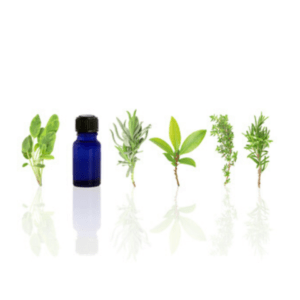
I had previously completed an advanced aromatherapy course with the online company, and it was useful for a refresher and to acquire some continuing professional development points. I’ll be honest, it was cheap so I wasn’t expecting too much, but thought it may give me a few things.
I’m in two minds about online courses, I’ve done some which are fabulous. They’re assuming a base knowledge skillset and adding to it, they give clear guidance on what to do, why you would do it and how to do it safely with cautions and considerations to take. The courses are often run by highly respected therapists and their knowledge shines through their work. I’ve even moved my baby massage course online, building parents knowledge base from one of absolute beginner to one where they can confidently and safely massage their baby. So I know they work.
I’ll be honest though, I don’t believe you can complete an initial base training online course in a discipline such as 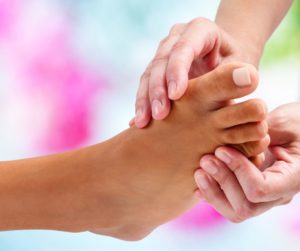 reflexology or massage and call yourself a professional. I can’t even remember the number of case studies I needed for each of my courses, but I saw a lot of people during each of my initial training. Getting used to different bodies, feeling how different each persons’ feet can be, and learning the routine for my exams all took time.
reflexology or massage and call yourself a professional. I can’t even remember the number of case studies I needed for each of my courses, but I saw a lot of people during each of my initial training. Getting used to different bodies, feeling how different each persons’ feet can be, and learning the routine for my exams all took time.
The course I completed gave me a background to Swedish massage moves, so that was a good refresher to my original certificate. It talked about different types of sports massage, which was interesting, but it didn’t mention one muscle. I’ll confess, my muscle knowledge can be a little rusty but my hands and techniques give me leeway with my clients. However, during this course there was no hint of a trapezius or a whisper of a gastrocnemus. I now know sports massage can include a pre and post massage, however I have no idea of a toolkit for rehabilitative massage. While the course talked about stretching, I didn’t learn how to include any safe stretching in a routine. I know how to record client notes, however there was no talk of the GDPR changes which took place, and I wouldn’t even have a basic routine to follow let alone know how to adapt an existing one to the person presenting in front of me.
So, if you’re thinking of a career change, invest in yourself. Choose a course which isn’t reg istered with a vague college. Find an industry leading professional body and choose a school from there. It may be an inconvenience to give up more time when you work and have to see case studies, do more course work etc (I know, I did it while working full time) but who is going to pay for your services if you don’t know what you’re doing? The course I completed should be called a sports massage awareness course. It doesn’t qualify someone for carrying out sports massage as a professional and I think I would have been disappointed if I had bought the course expecting to call myself a qualified sports massage therapist afterwards. To be honest, I knew the quality of the course I was probably getting, but wanted to see if my instincts were correct. As a qualified professional therapist I will confirm it is not worth the money for anything other than an interest course.
istered with a vague college. Find an industry leading professional body and choose a school from there. It may be an inconvenience to give up more time when you work and have to see case studies, do more course work etc (I know, I did it while working full time) but who is going to pay for your services if you don’t know what you’re doing? The course I completed should be called a sports massage awareness course. It doesn’t qualify someone for carrying out sports massage as a professional and I think I would have been disappointed if I had bought the course expecting to call myself a qualified sports massage therapist afterwards. To be honest, I knew the quality of the course I was probably getting, but wanted to see if my instincts were correct. As a qualified professional therapist I will confirm it is not worth the money for anything other than an interest course.
So, don’t always go for cheap. If you want to train, do it properly and look for quality, invest in your future self and those you want to help.
Loui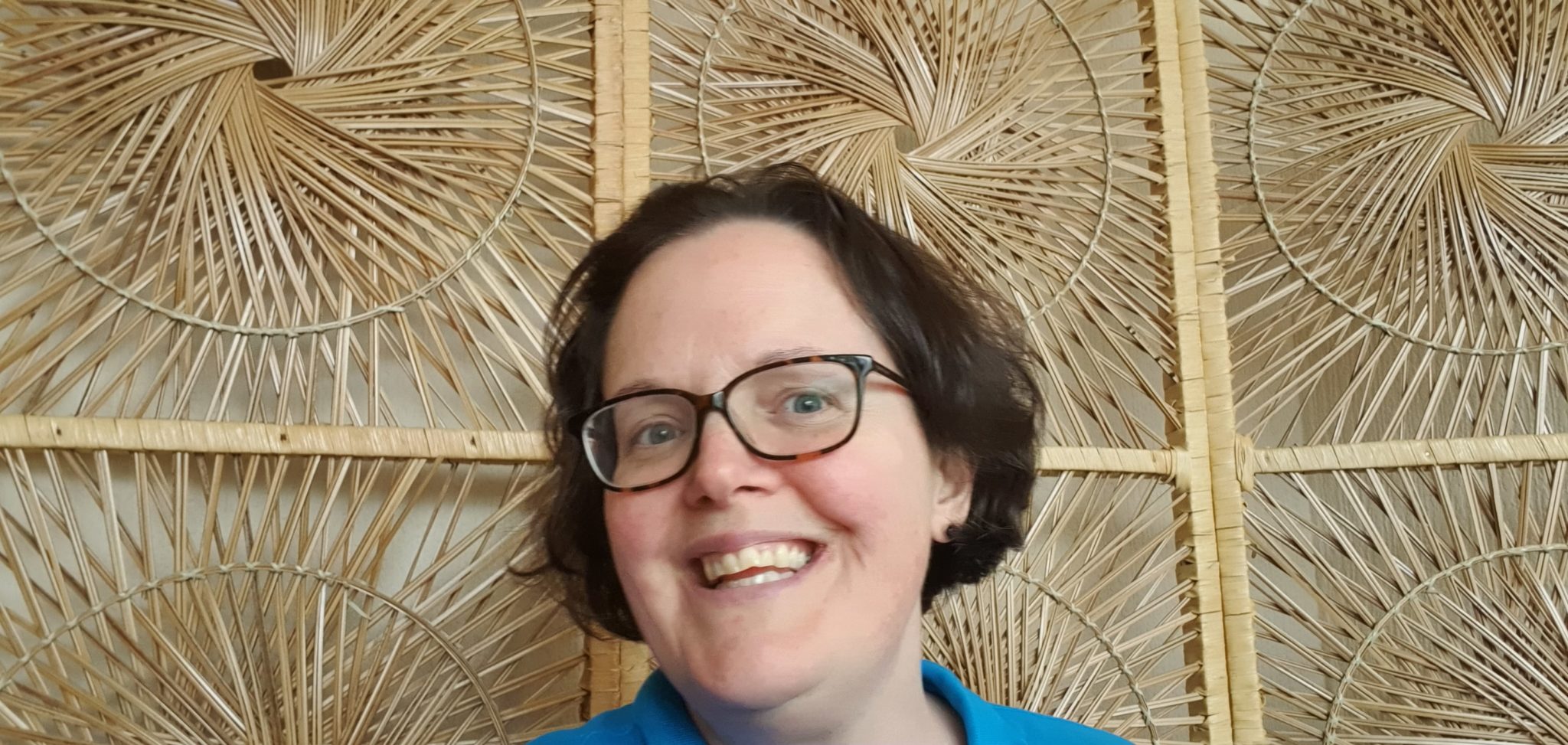 se is an holistic therapist who owns Therapy Centre, BS14 9HB, a clinic offering a range of holistic and beauty therapies. Louise offers aromatherapy, reflexology, holistic massage, baby massage, reiki and story massage. She is a mum of two boys and when she is not working she enjoys getting outdoors with her family. For further information, visit her website louise-morgan.co.uk
se is an holistic therapist who owns Therapy Centre, BS14 9HB, a clinic offering a range of holistic and beauty therapies. Louise offers aromatherapy, reflexology, holistic massage, baby massage, reiki and story massage. She is a mum of two boys and when she is not working she enjoys getting outdoors with her family. For further information, visit her website louise-morgan.co.uk
